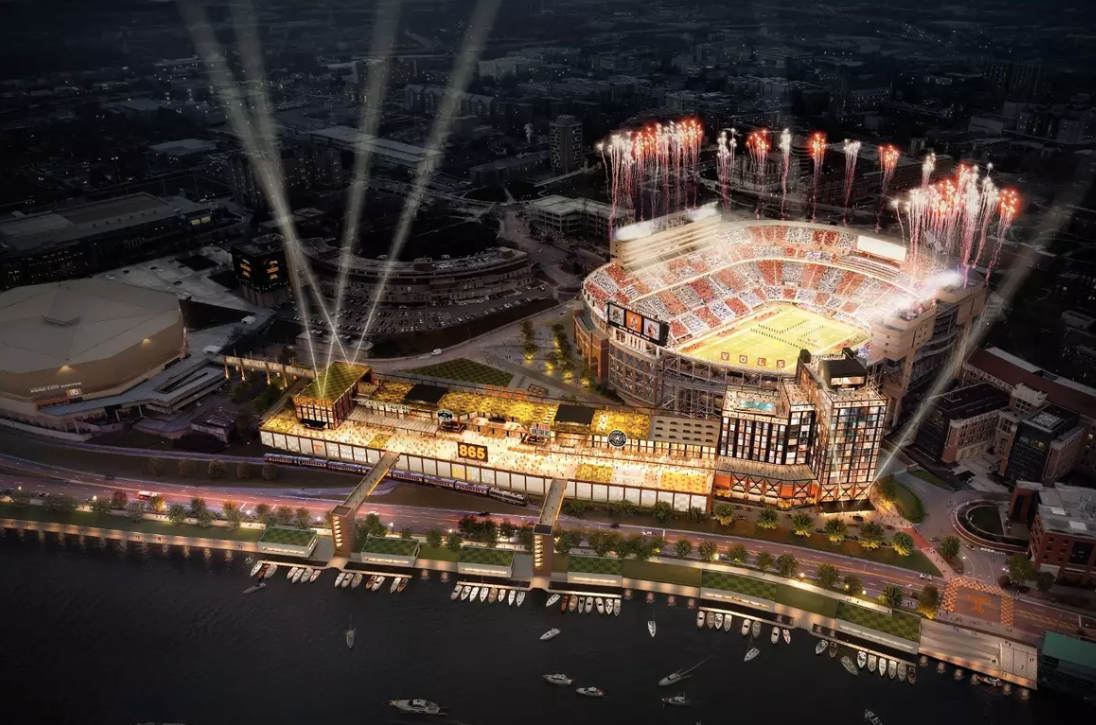
EDITOR’S NOTE: This is the third and final article in our Building the right team series by Bill Mykins, LEED® AP. Read part 1 (“Who to hire for a new sports venue build”) here, and part 2 (“Who to hire for maximizing and modernizing existing venues”) here.
By Bill Mykins
Stadiums and arenas do more than host games. In many cases, ancillary developments—practice facilities, team training centers, mixed-use real estate adjacent to stadiums—are central to long-term viability, fan engagement, and revenue generation. But building these “supporting” assets isn’t simply a scaled-down version of the stadium itself. Ancillary construction comes with its own set of challenges, trade-offs, and team requirements.
Part 3 of our series, Building the right team, addresses the specialized roles, timing, and dynamics needed to deliver high-performing ancillary projects that integrate well with a venue and the district around it.
Before talking about who to hire, it helps to clarify what makes ancillary projects distinct:
Because of these characteristics, getting the team right is essential. If you under-staff or bring in the wrong specialists too late, you’ll hit cost overruns, functional misalignment, or even delays in getting permits or occupancy.
Your first hires should help you define what the ancillary project is intended to achieve—and how it links to the stadium and surrounding context. Essential early roles should include:
Once vision and scope are clear, you’ll bring in the design, engineering, and programmatic team whose job is to translate those into buildable form, and to ensure usability, code compliance, and operational efficiency. Key roles are:
ROLE |
WHAT THEY BRING AND WHY IT’S VITAL |
| Architect(s) with ancillary facility or mixed-use experience | Not just generic commercial architects—look for ones who’ve done athletic training centers, wellness centers, or mixed-use projects in stadium districts. |
| Civil/site engineers | Grading, drainage, stormwater, utility extensions, access, parking. Ancillary sites often share or connect to stadium infrastructure. |
| Mechanical, electrical, and plumbing (MEP) engineers | Critical if the ancillary facility includes high-performance spaces such as gyms, recovery pools, or HVAC to athlete standards. |
| Technology and A/V/media systems specialists | Training centers may have video capture, broadcast, or advanced security systems. |
| Experience, interiors, and branding designers | Ancillary spaces often act as a front door to the team or venue brand. |
With design underway, choices about how you build and with whom become front and center. Critical hires and decisions include:
Because ancillary developments often touch on shared infrastructure, community, and operations, you’ll need specialists who handle the overlaps:
Even when you’ve assembled a solid team, project success depends on when roles are active and how coordination is handled. Common pitfalls include:
Ancillary stadium construction projects support high-profile venues and generate additional value. But to realize that value, getting the team right is as important as for the stadium itself. From my experience, the projects that succeed are those that start with clarity of purpose, build a core team early that understands both athletic and commercial programming, integrate operations, infrastructure, and sustainability thinking from day one, use flexible delivery methods and phased planning, and engage with community, regulatory and neighboring assets. When done right, ancillary projects don’t just support the main venue—they amplify its value, extend its use, and deepen its connection with the community.
Bill Mykins, Vice President at Brailsford & Dunlavey, brings 25 years of experience in the design, construction and delivery of sports venues. Throughout his career, he has played a pivotal role in the planning and execution of new sports stadiums, ensuring projects are delivered on time, within budget, and to the highest standards. With a background as a design architect, he has helped shape iconic stadiums, including Nationals Park and PNC Park. He can be reached at wmykins@bdconnect.com.